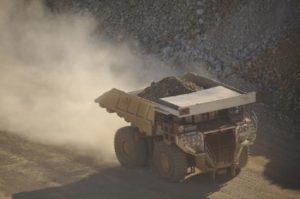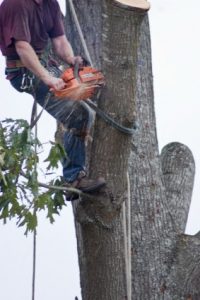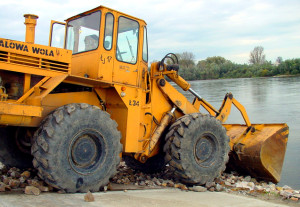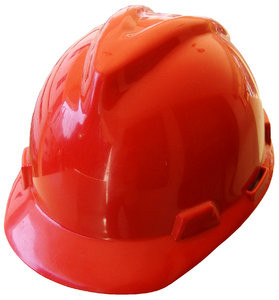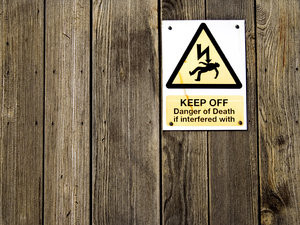Employers in Boston and throughout the U.S. will have additional time to make sure they are compliant with the new anti-retaliation rules handed down by the Occupational Safety and Health Administration (OSHA).
The agency recently announced it would delay its enforcement of the action, which will have an impact on workplace drug testing and certain safety incentives. Instead of enforcing the action in August, as originally intended, the agency won’t start ensuring those anti-retaliation and record-keeping provisions are in place until November.
The new anti-retaliation rule is part of an effort to block companies from discouraging workers from reporting workplace illnesses or injuries. Continue reading
 Massachusetts Workers Compensation Lawyers Blog
Massachusetts Workers Compensation Lawyers Blog



